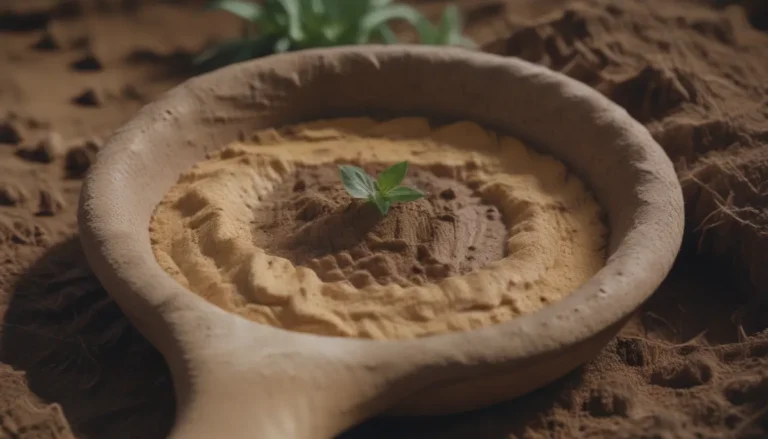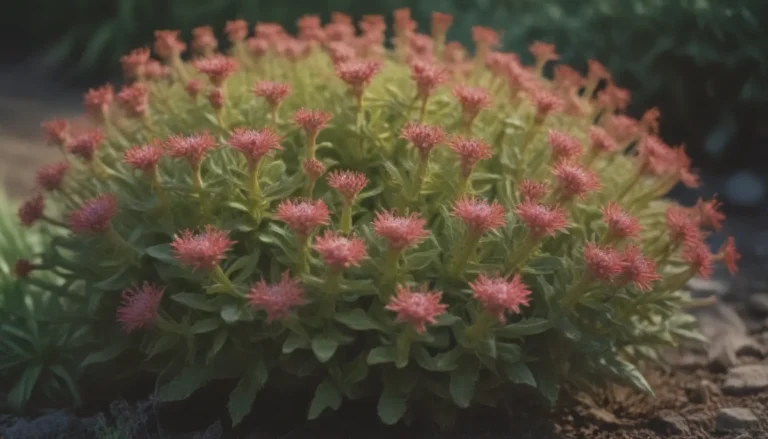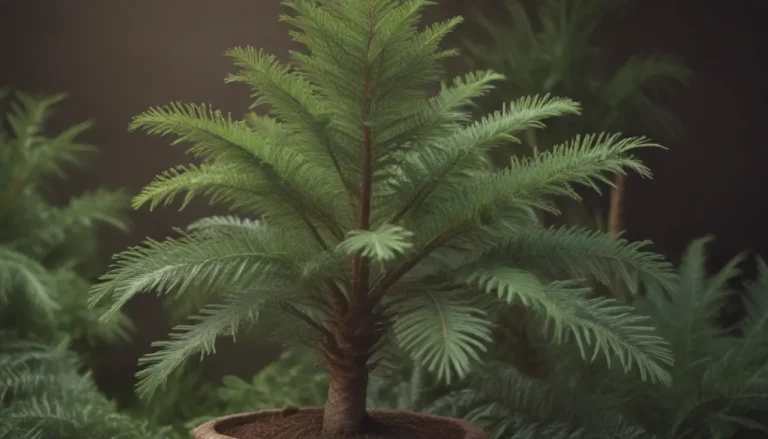Mastering the Art of Growing and Caring for Lady Ferns

Are you looking to add a touch of elegance to that shady corner of your garden? Lady ferns might just be the perfect solution for you. These captivating plants have a way of thriving in areas where other plants struggle. With their delicate, lacy fronds that turn a golden-yellow after the first frost, lady ferns are sure to make a statement in any garden.
Understanding Lady Ferns
Lady ferns (Athyrium filix-femina) are beloved for their vibrant green fronds and feathery appearance. These plants can add texture and create a vibrant backdrop in floral arrangements. Lady ferns are not only visually appealing but also practical as their fiddleheads are edible and nutritious.
Lady Ferns Care Tips
When it comes to caring for lady ferns, there are a few key points to keep in mind:
Light
Lady ferns thrive in shaded areas, much like the woodlands and swamps where they are naturally found. They prefer shade to partial sun and should be kept out of harsh midday and afternoon sunlight.
Soil
Creating soil that mimics the rich, well-draining soil of woodlands and meadows is essential for lady ferns. Sandy, humus soil with added compost or organic matter creates the ideal environment for these plants.
Water
Consistent watering is important for lady ferns, especially during the plant’s first year. Aim to keep the soil evenly moist, but not soggy. These ferns are quite resilient and can bounce back from neglect with some care.
Temperature and Humidity
Lady ferns thrive in high humidity and moist conditions. If you are growing them indoors, be sure to provide adequate humidity through misting or a pebble tray. Lady ferns grow in USDA hardiness zones 3 to 6, but the Southern Lady Fern (Athyrium filix-femina var. asplenioides) is better suited for zones 7 to 9 with higher temperatures.
Fertilizer
Compost is the ideal soil amendment for lady ferns, providing the nutrients they need without the risk of over-fertilization. Slow-release fertilizer can also be used sparingly in the spring to encourage new growth.
Pruning and Harvesting Lady Ferns
Lady ferns send out edible fiddleheads in the spring, which can be harvested to encourage new growth. When harvesting, be sure to leave some fiddleheads on the plant to maintain its health. Proper identification and cooking of fiddleheads are important before consumption.
Propagating and Potting Lady Ferns
Lady ferns can be propagated through division of rhizomes in the spring. When potting lady ferns indoors, be mindful of the plant’s need for humidity. Keep them away from drafts, mist the foliage regularly, and consider placing them in a humid environment like a bathroom or near a pebble tray. For outdoor containers, choose pots with good drainage and use a fern-specific potting medium.
Whether you’re a seasoned gardener or a beginner looking to add some greenery to your space, lady ferns are a versatile and resilient plant that can thrive in a variety of conditions. With the right care and attention to their needs, you can enjoy the beauty of lady ferns in your garden or home all year round. Happy gardening!





